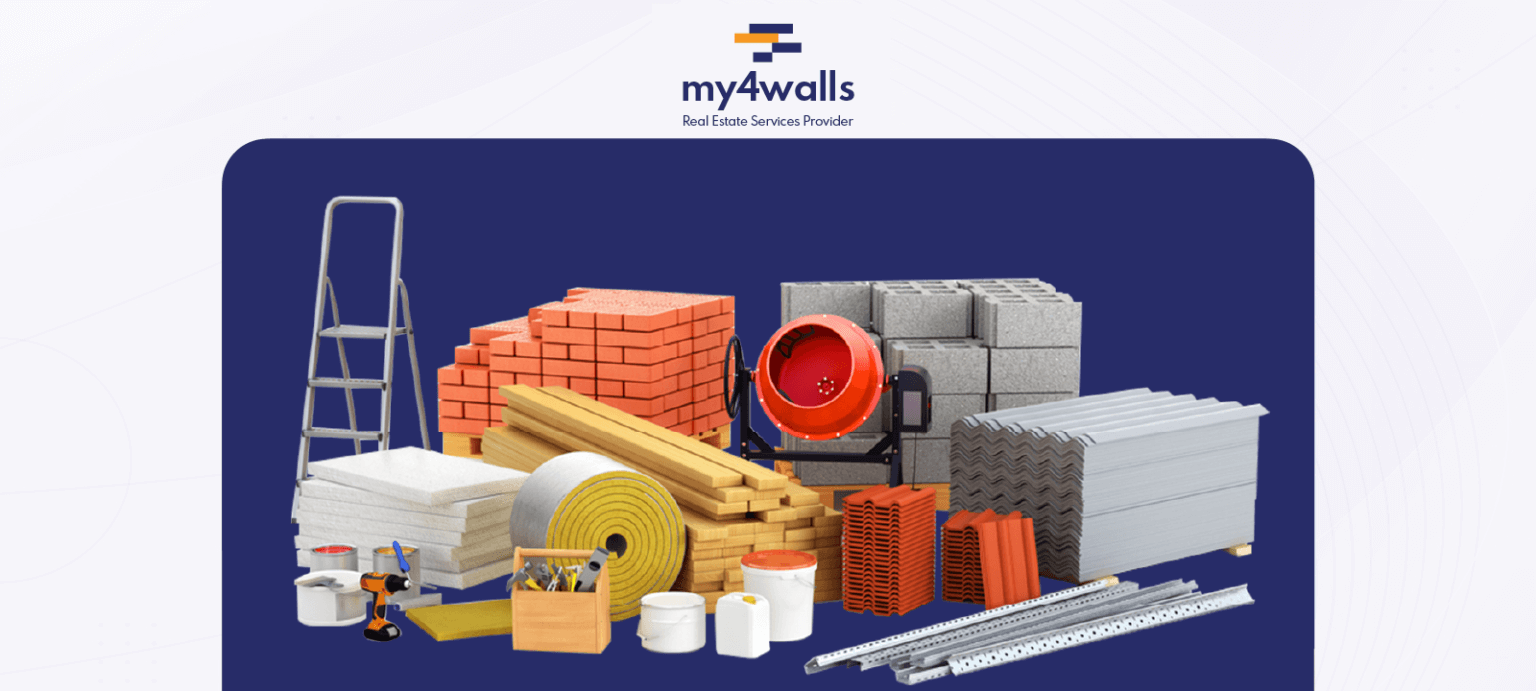
5 Most Durable Building And Construction Materials
Thousands of years ago when the first humans emerged, they brought about fundamental changes to their way of life. They moved away from the nomadic lifestyle and started to prefer settling in one place with food, water, and other vital resources close by. It was not too long before this kind of life started bringing about its own challenges. Humans were on a quest to create shelters from strong, long-lasting building materials.
Fast forward to the modern-day, builders have discovered the most durable construction materials to set up not only permanent but also aesthetically pleasing homes.
Specialist structural engineers recommend the following five most durable building materials for construction:
- Wood
- Stone
- Concrete
- Brick
- Steel
These building materials can be categorized into two sources: natural and man-made. While wood and stone are natural, concrete, brick, and steel are man-made sources of construction material. Depending on the type of building, construction materials will vary in weight, strength, and durability. It is important to note that both sources of building materials must be prepared or treated before they are ready to be used in construction.
In this blog, five of the most durable and reliable construction materials to build homes, halls, temples and many other types of structures will be discussed.
Let’s start with the natural sources of construction materials:
-
Wood
Wood is an all-rounder building material. It is an attractive option for home design and is often used to complement other construction materials.
Having been used for many years, wood is perhaps amongst the oldest building materials. Its properties make it an ideal construction material for creating homes and residential structures.
Here are some pros and cons of using wood:
Pros
- Very lightweight
- Readily available
- Easy to work with
- Economical choice
- High tensile strength
- Size is easy to standardize
- Very strong when being compressed vertically
- Good insulation (e.g. for homes)
- Long-lasting once moisture has been removed
- Can be used as a primary construction material (e.g. can build simple log cabins)
Cons
- Will eventually decay
- Tremendous fire hazard
- Vulnerable to moisture damage (e.g. dry rot) and predation (e.g. termites)
- Due to its lightweight:
- Not ideal for building foundations or basement walls
- Needs to be pressure treated so it can come into contact with the surrounding soil
Despite its weaknesses, buildings made of wood can survive for a very long time. It might surprise you but the oldest wood building, the Horyu-ji temple in Japan, was constructed back in the 8th century.
-
Stone
Stone is the most long-standing construction material available and has been present for hundreds of decades.
However, using solely stone as a construction material is a skill that many builders do not possess. Many ancient buildings in existence around the world are made of stone. But in modern-day construction, it is unfortunate that stone is only used as a decoration.
Pros and cons of using stone
Pros
- Resistant to fire
- Extremely strong
- Does not need mortar
- Weathers the elements well
- Can withstand deformations
- Ability to support heavy vertical loads
- Helps maintain stable interior environments
Cons
- Not an efficient insulator
- Has tension and stress limitations
- Need expensive resources to quarry and cut
- Due to its heavyweight can be difficult to work with and not easy to move around
In the construction of modern buildings, more efficient alternatives have taken over now. Steel, wood, and concrete construction material with a layer of stone as decoration are more in line with modern construction budgets and standards.
But, the stone is definitely still popular for the aesthetic beauty it provides and it is unlikely that it will ever be completely eliminated.
Let’s move on to the man-made sources of construction materials
-
Concrete
Concrete is made up of construction materials such as stones and sand which are mixed with a binder like cement and water. After a few hours, the mixture dries and hardens. Contrary to popular belief, concrete has been around for hundreds of years. It gained popularity in the 1800s when someone discovered that it could be reinforced to increase tensile strength.
No construction material comes close to concrete – it is a top choice for builders in all types of construction structures. It can be made on the spot, easily transported, and strengthened with rebar.
Concrete is very affordable and versatile in the construction of tall buildings. Precast concrete and its benefits have made it a very durable building material in modern-day times.
Pros and cons of using concrete
Pros
- Flexible
- Inexpensive
- Ability to carry heavy loads
- Can be poured into a form to take any shape
- Withstand forces from the surrounding environment
- Its versatility, cost, and strength is ideal for any structural foundation
Cons
- Takes at least seven days to cure
The 20th century has made reinforced concrete a big player in modern building design and construction.
-
Brick
In masonry construction, bricks (made of clay) are used to build structures that are bound together by some kind of mortar (cement). Brick has been famously used in ancient structures such as Roman aqueducts, the Pantheon, and the Great Wall of China.
Pros and cons of using brick
Pros
- Easy to make
- Convenient to work with
- Resistant to fire and weather
- Low maintenance option for most types of structures
- When used with concrete, it can support multi-story buildings
- Good for load-bearing walls because resistant to compression loads
Cons
- Susceptible to extreme climate conditions
- The building is time-consuming and labor-intensive
- The long-lasting installation will depend on the quality of mortar and workmanship
-
Steel
Steel has a dual role in a builder’s toolkit: it can be embedded in concrete to provide support or become a foundation in itself.
Steel is a metal alloy made of iron and carbon which makes it strong and resistant to fractures. It can withstand corrosion and oxidation because of the additional chromium in its composition.
The sheer strength steel possesses makes it an ideal candidate for high-rise buildings, large commercial facilities as well as the construction of residential structures.
Pros and cons of using steel
Pros
- 100% recyclable
- Less time consuming to install
- Can be installed in any environment
- Easy to bolt, weld, and rivet into place
- High strength-to-weight and strength-to-size ratios
- Susceptible to corrosion (if improperly installed and/or maintained)
Cons
- Higher cost (compared to other metals)
Steel technology has made designing and building tall structures possible. It has transformed the face of architecture and expanded creative solutions to construction challenges.
What are the right construction materials for you?
The type of durable building material for construction will depend on your circumstances. In environments with extreme weather, you will have to invest in expensive construction materials to withstand it. On the other hand, in more predictable weather, you can easily get away with economical options.
Thanks to advanced technology, humans have made it possible to build houses with any of the above five most durable building materials for construction.



